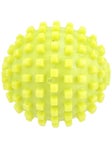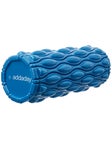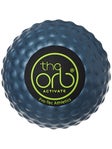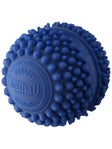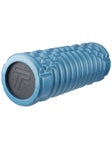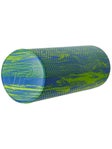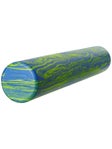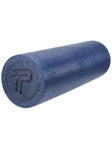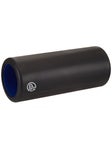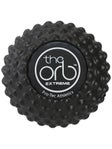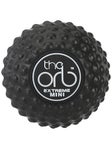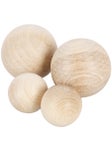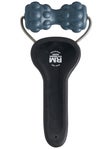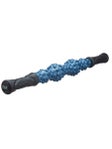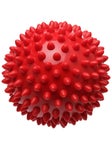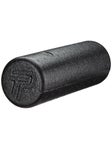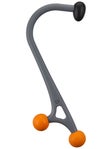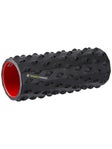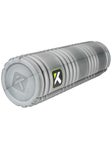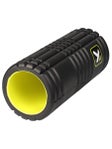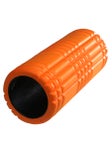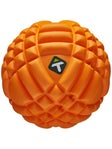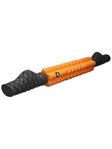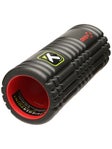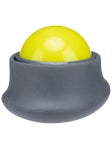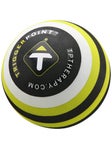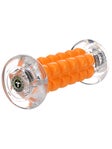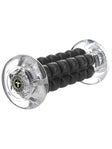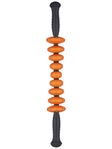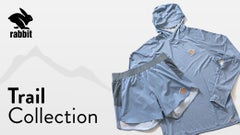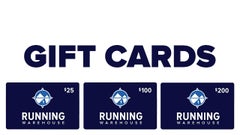How to Foam Roll for Runners: Run Faster, Recover Quicker
A Guide to Rolling the Major Muscle Groups for Runners and the Advantages of Foam Rolling
Updated: August 6, 2024 by Caroline Cross
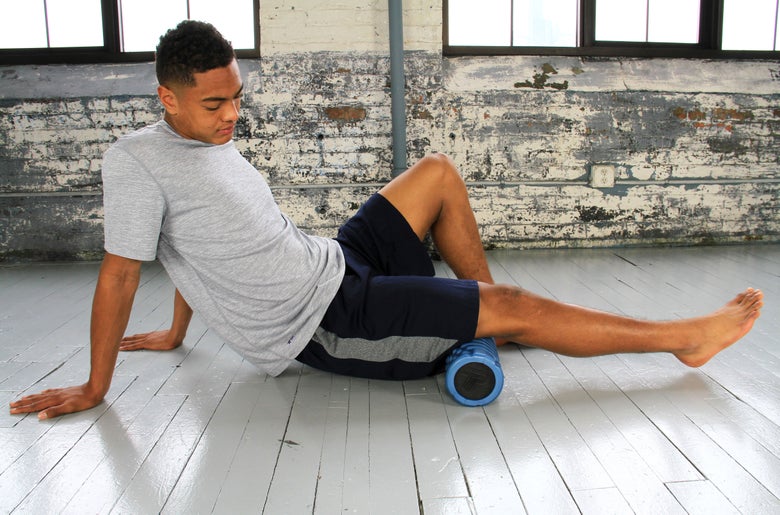
Do you have tight, sore muscles when running or experience stiffness after training? Then you've come to the right place! If you're interested in speeding up your recovery time and preventing injury (and really, who isn't?), the foam roller can be an effective tool to work into your routine when applied correctly. In this guide, we'll break down the science behind how foam rolling works with your body to support recovery and improve your running performance, along with how best to apply these principles to your workout routine.
Why You Should Foam Roll
Foam rolling is a self-administered massage that helps alleviate muscle tension and soreness. Your muscles are surrounded by dense, tough connective tissue called fascia. Fascia is part of an integrated system in your body called the kinetic chain (which includes other soft tissues like muscles, tendons, ligaments, joints, and the nervous system) and serves to enclose, support, and separate your muscles. When functioning properly, fascia helps reduce muscle friction and enhance smooth movements. Having happy fascia is the goal of foam rolling.
However, sometimes we develop dysfunctional areas of fascia, commonly called knots or ropes (which is a bit misleading since there are no actual knots or ropes in your muscles). These areas are misaligned tissue caused by trauma, injury, poor posture, or repetitive motor patterns (like running, which disproportionally strengthens certain muscles relative to others). Since every link in the kinetic chain is connected, if one part is not operating efficiently, it affects all the other parts. If you have areas of dysfunctional fascia, your kinetic chain will work to compensate, leading to tissue overload, fatigue, and more faulty movement patterns. Since working overtime is not what your body is supposed to be doing, this pattern of overcompensation will lead to even more problems, like inflammation and the development of adhesions in the soft tissue.
How Foam Rolling Works
When foam rolling, you are administering self-myofascial release (SMR), an applied technique for restoring motion and function to the fascia by placing sustained, high-intensity pressure that allows muscles to stretch, relax, and unknot. Your muscles contain spindles, which sense changes in the length of the tissue. When a muscle lengthens or relaxes, the spindles create a reflex telling the muscle to contract so they don't stretch too far and get injured. Other sensory receptors called Golgi tendon organs (GTOs) have the opposite effect. When the muscle shortens or contracts, they tell it to relax. These two sensory receptors work together to create a balance, keeping the muscles from becoming too tense or too relaxed. However, if the muscle tension lasts long enough at a high intensity, the GTOs overpower the muscle spindles. This allows the muscle to relax more than usual without injury, which is the principle behind SMR.
SMR works to break this cycle of compensation and injury and restore wellness to the entire system. Releasing tissues through SMR is a way to push the reset button, allowing for more efficient movement patterns in the future.
Benefits of Foam Rolling
SMR techniques, like using a foam roller, massage ball, or handheld roller, can lead to a variety of benefits, including:
- Improvements in flexibility
- Enhanced muscle recovery
- Better movement efficiency
- Inhibition of overactive muscles
- Less pain, including muscle soreness (SMR won't lessen the feeling of soreness, but it has been shown to reduce the duration of muscle soreness)
- Injury prevention
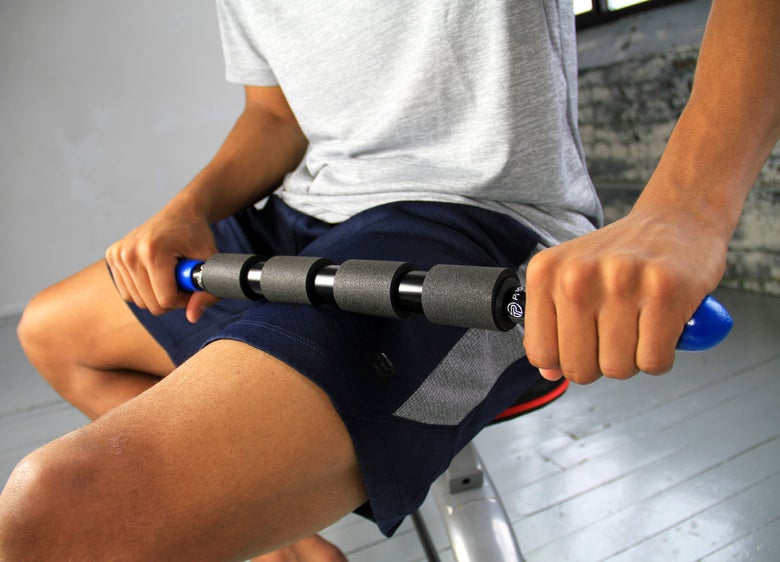
Foam Rolling Basics for Runners
Choosing a Foam Roller
Foam rollers come in varying densities, textures, and sizes. Some foam rollers are softer with a lower density, some are firmer with medium-high density; some have a grid texture while others are smooth. A lower-density, soft foam roller is the most gentle massage tool, making it suitable for most users, especially beginners new to foam rolling. Firmer, hard rollers are denser and work best for concentrating on super-tight muscles. Meanwhile, grid-patterned foam rollers have a rigid texture that targets knots and kinks and are geared for the more experienced roller user. Lastly, the deep-tissue foam roller is extra firm and has nodules for targeting deeper layers of muscles, making it ideal for more advanced users. Foam rollers also come in shorter lengths for working on more concentrated areas, and these are handy for travel too. In the end, choosing the right foam roller will vary based on individual needs.
Additional tools and accessories, such as massage balls or lacrosse balls, can complement foam rolling. These lightweight balls are a great massage tool for alleviating soreness and improving muscle function by working out knots in the muscles. Compact and portable, these foam balls can be smooth or grid-like in texture and provide targeted pressure with less intensity than other massage tools.
Proper Foam Rolling Technique
When using a foam roller during warm-ups and cool-downs, you are massaging your muscles to help keep them flexible and improve their range of motion. Since sustained pressure causes the muscles to relax, simply rolling back and forth on the foam roller is not beneficial. Instead, you should slowly roll along an area until you find the most tender spot, referred to as a "trigger point." You need to hold the pressure on that spot for at least 30 seconds, which may feel like a long time, but hang in there! After about 30 seconds, you should start to feel the discomfort decrease.
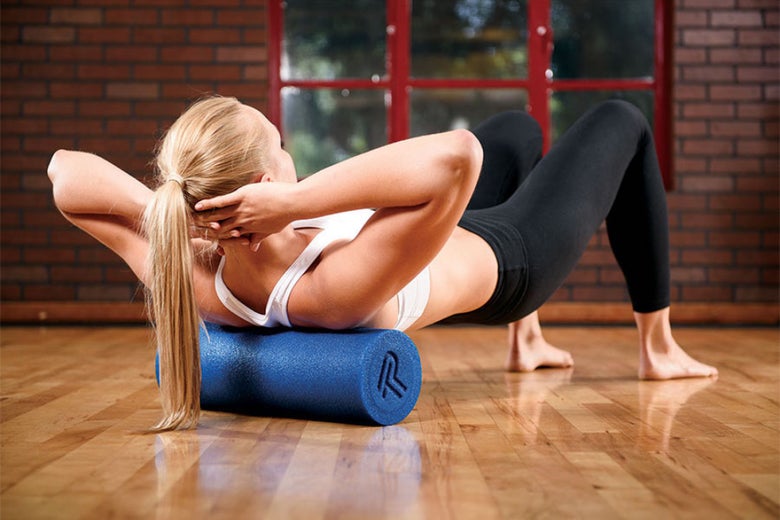
Best Foam Rolling Exercises for Runners
Many areas of the body can benefit from foam rolling, but below we've outlined the primary muscle groups that are especially useful for runners to begin with.
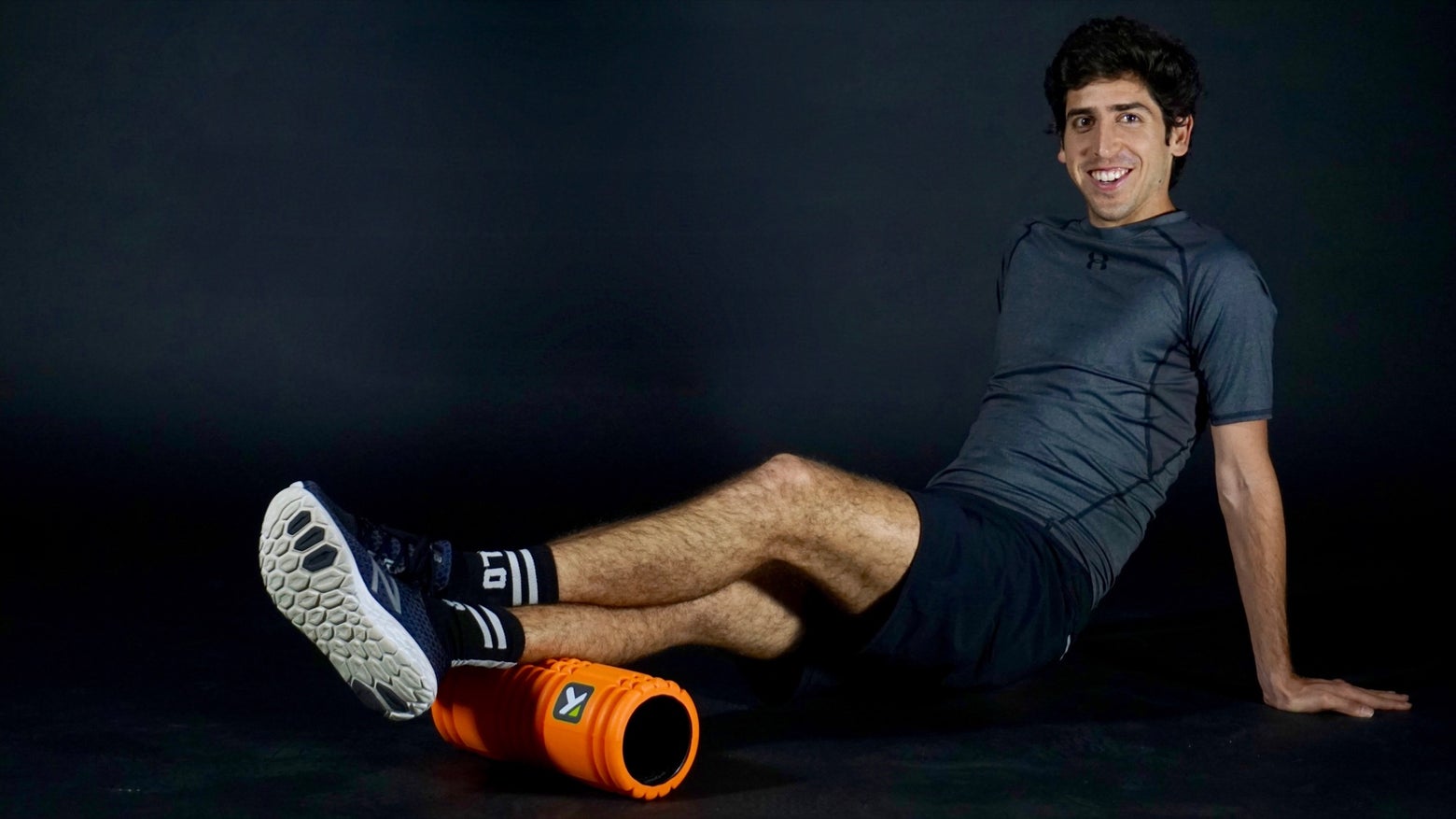
Calves
|
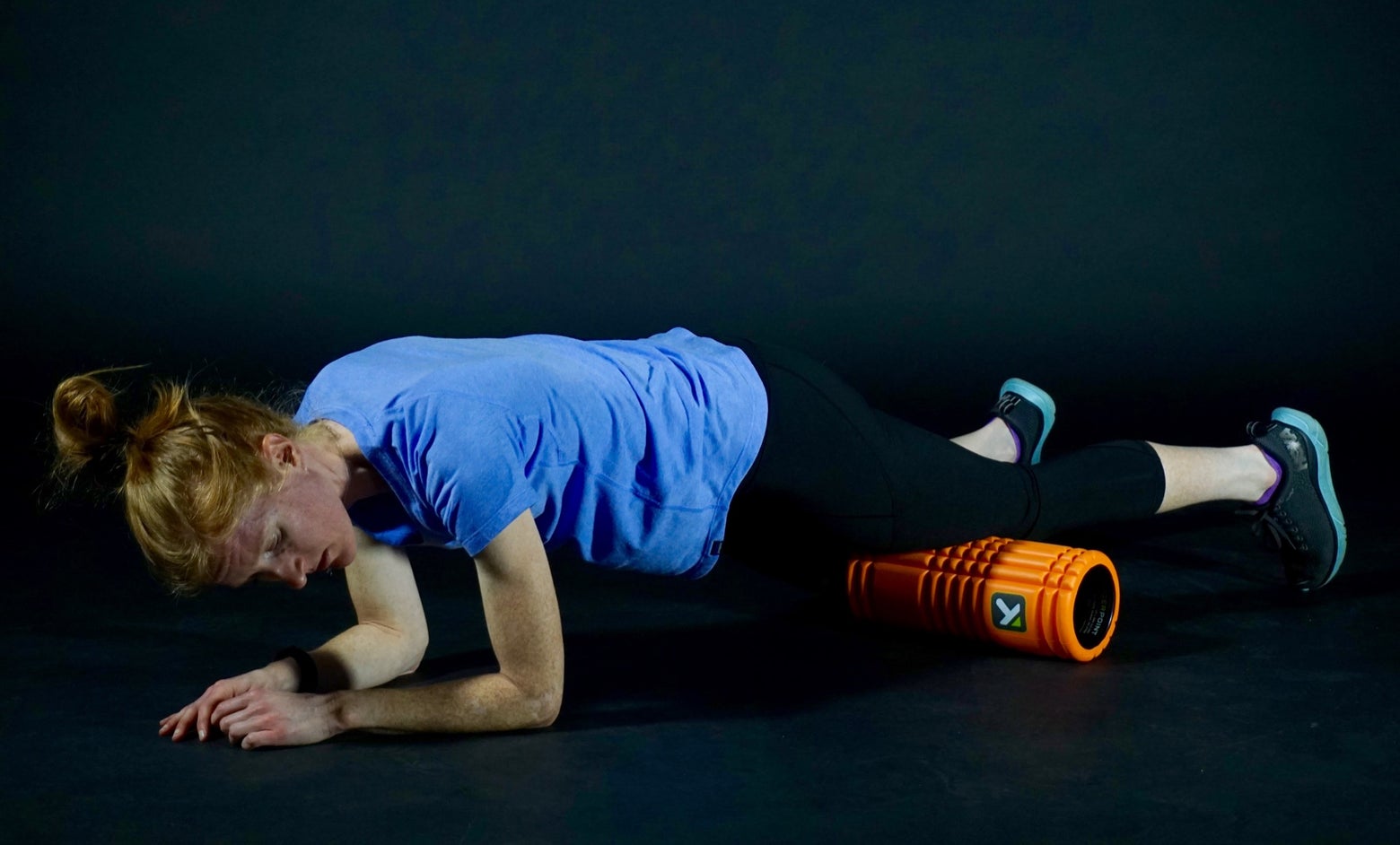
Quadriceps
|
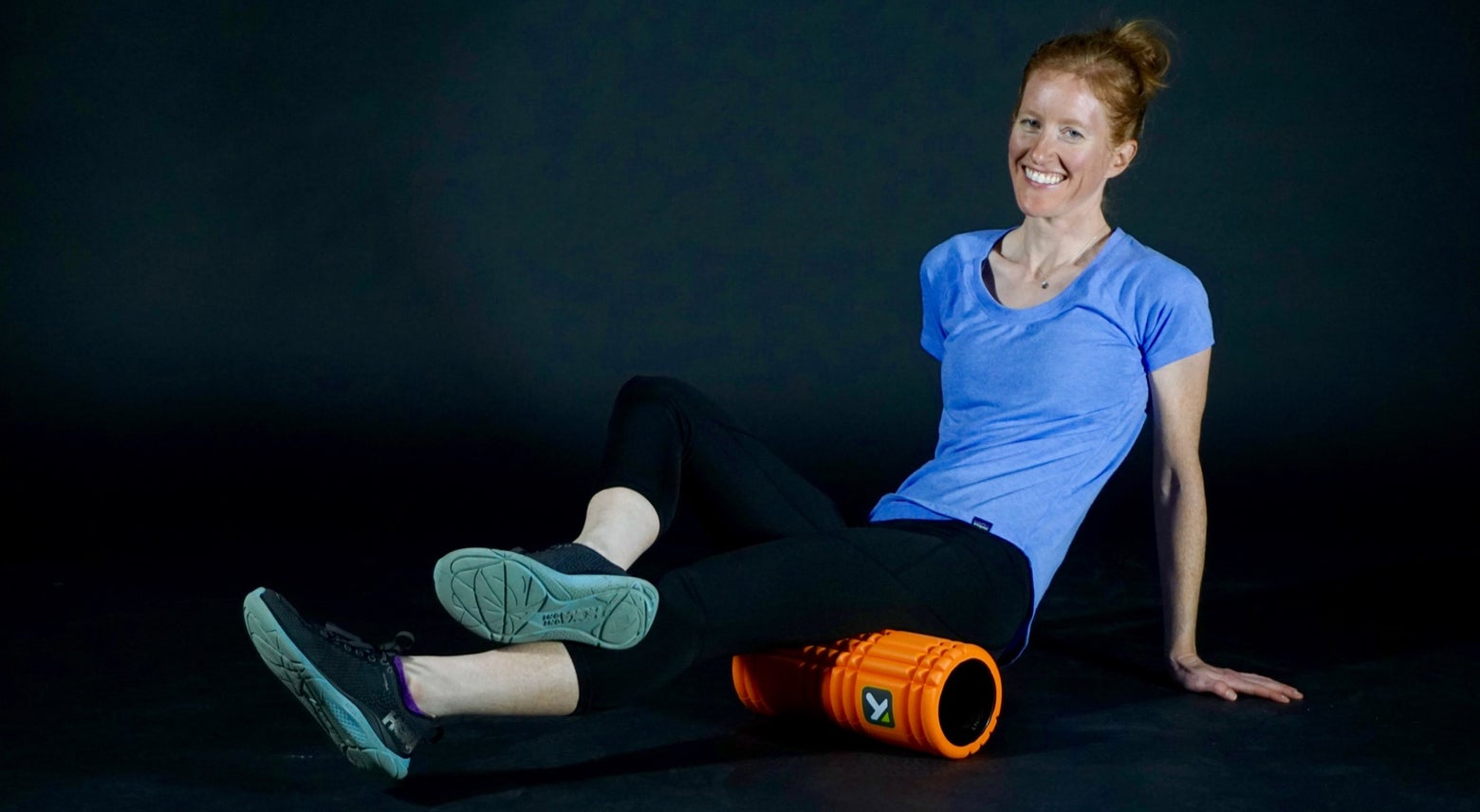
Hamstrings
|
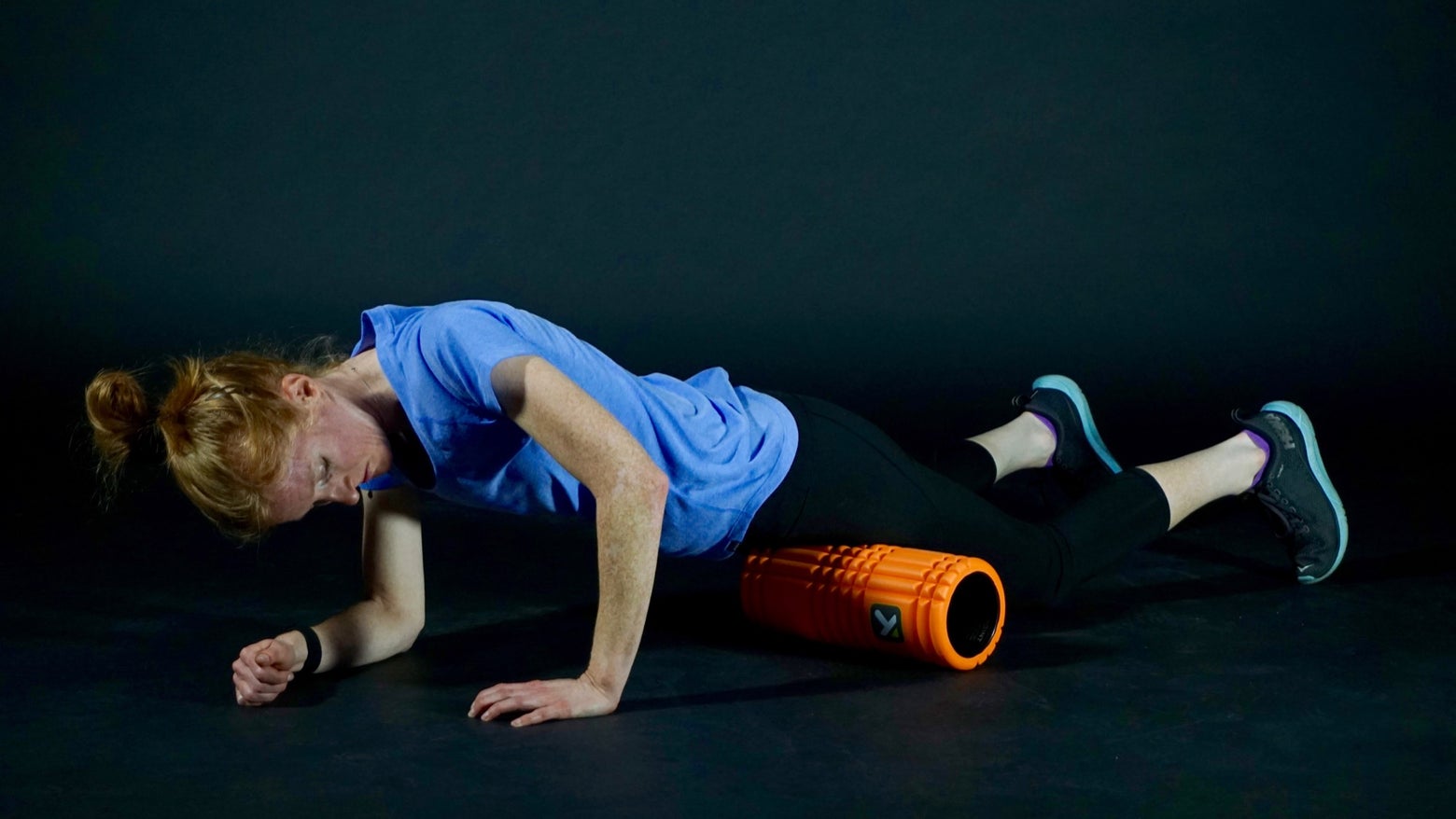
Hip Flexors
|
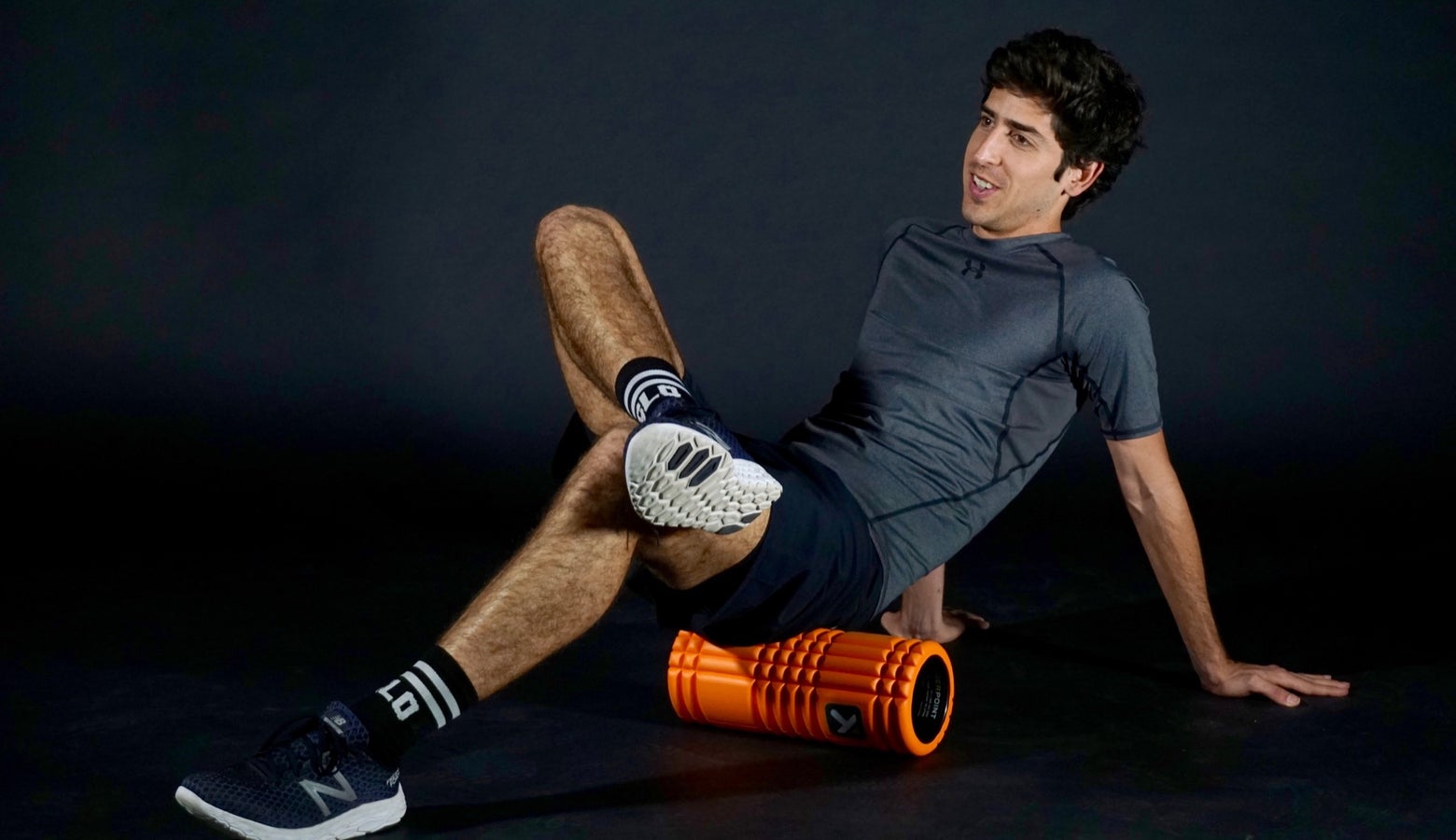
Glutes & Hips
|
Note about the IT band: As mentioned above, several areas of the body can benefit from foam rolling. One area that should NOT be foam rolled is the IT band. Since many runners experience issues with their IT bands, it is tempting to go to business with the foam roller, but we advise against it. The IT band is a tendon (hence the name iliotibial band), not a muscle, so it does not contract, lengthen, or relax in the same way as a muscle. Trying to foam roll the IT band will not provide the benefits you expect and may do more harm than good. Instead of rolling directly on the IT band, it is more helpful to work the muscles surrounding it. Rolling the quads, hamstrings, and glutes will help ensure these muscles are functioning optimally, and the IT band won't have to compensate, which can cause it to become overworked and inflamed.
Rules for Effective Foam Rolling
To get the most out of your time spent with your beloved foam roller, there are a few rules to keep in mind:
Be Intentional
Despite the name, foam rolling is not so much about the actual rolling as it is about using the roller to target key areas. For any muscle you address, you will want to roll deliberately along the muscle and stop when you reach a tender spot. These spots are your trigger points, and it is more effective to intentionally target a few of them than to roll up and down willy-nilly along the entire muscle.
Be Patient
Just as it takes time to build muscles, it takes time to work out their quirks and imbalances. When foam rolling, you will want to pause on a trigger point and hold the position for at least 30 seconds, which may feel like an eternity, but this is how long it takes for the muscle to release and start making real change.
Be patient. It is better to effectively address a few spots each time you foam roll than to try to fix everything at once and do a poor job.
Be Consistent
Because changes take time, you need to roll out your muscles regularly instead of just rolling when the mood strikes you. Those who get the most benefit from foam rolling are the ones who treat it as a short but essential part of their routine.
To prevent boredom and keep things interesting, consider mixing up your foam rolling routine with stretches that will also help promote recovery.
Summary
Foam rolling is a great self-administered massaging tool to relieve muscle pain and tension, improve flexibility, and aid recovery. When foam rolling the main muscle groups, remember that your goal is to correct fascial dysfunction and break the cycle of compensation and injury. Be patient with your foam rolling; correcting fascial dysfunction takes time and is not something that you can work out in one five-minute session with a foam roller. In addition, be diligent and make time for consistent practice by incorporating foam rolling into your running routine to help with optimal performance and injury prevention. Above all, listen to your body and consult a healthcare professional or trainer for personalized advice.

